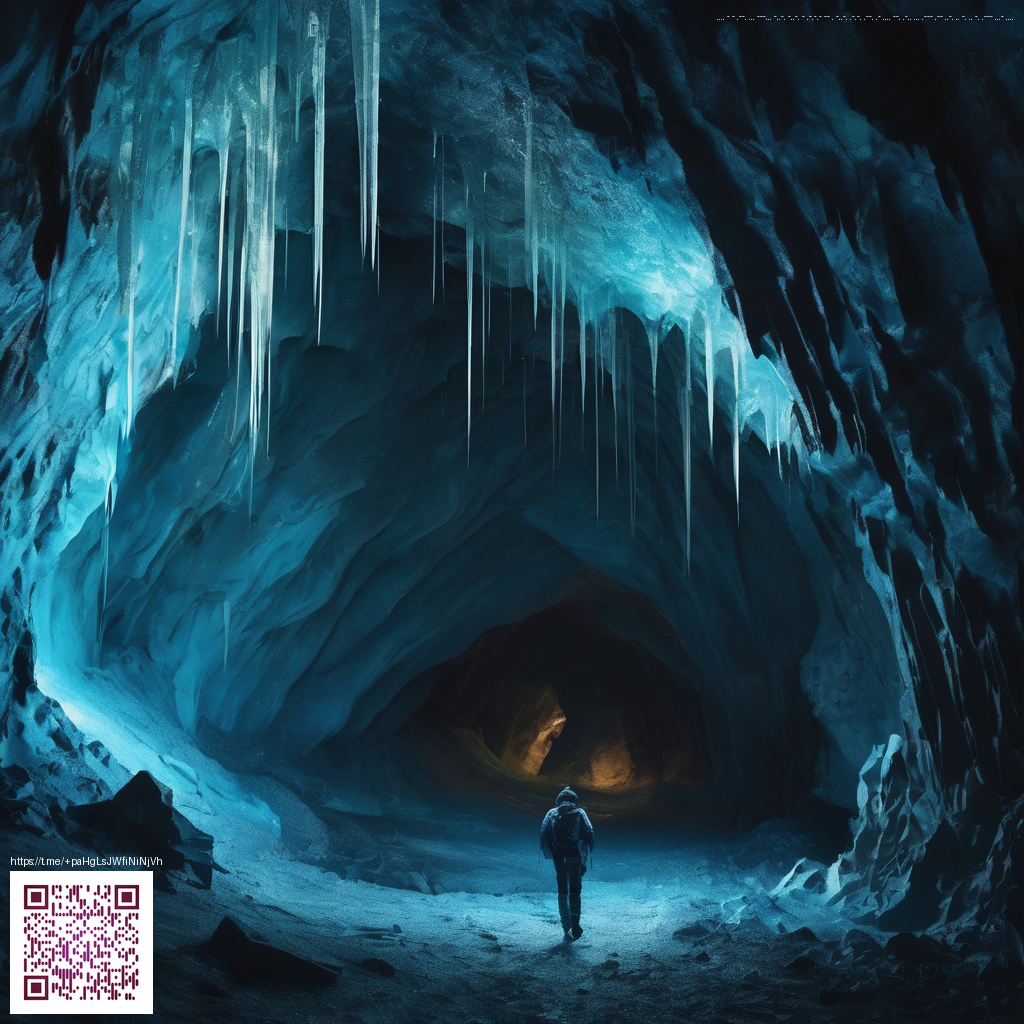
SHMoAReg: Deformable Image Registration with Spatially Heterogeneous MoE and Attention Heads
Deformable image registration (DIR) is central to comparing anatomical structures across subjects and timepoints. Yet traditional DIR approaches often rely on a single global model to describe deformations, which can struggle to capture the rich variability found in complex tissues. SHMoAReg—Spark Deformable Image Registration via Spatial Heterogeneous Mixture of Experts and Attention Heads—reimagines this problem by marrying a spatially aware mixture-of-experts (MoE) framework with multi-head attention. The result is a registration engine that can adapt its deformation strategy to local context while remaining scalable for large datasets.
What is SHMoAReg?
At its core, SHMoAReg partitions the registration task into a collection of specialized experts, each responsible for modeling deformations in specific anatomical regions or tissue characteristics. A spatial gating network decides, for every voxel or neighborhood, which expert(s) should govern the local transformation. Complementing the gating mechanism are attention heads that selectively amplify or dampen features relevant to aligning structures, enabling finer control over the resulting deformation fields. The system is designed to run on Spark, leveraging distributed computation to handle high-resolution medical images and large cohorts efficiently.
Spatially Heterogeneous MoE: A New Paradigm
- Regional specialization: Rather than one deformation model, a set of experts specializes in different tissue types (bone, soft tissue, vessels) or anatomical zones (sulci, ventricles, cortical regions).
- Localized gating: The spatial gate assigns influence on a per-voxel basis, allowing abrupt transitions between experts when anatomy changes across regions.
- Data efficiency: By focusing capacity where it’s needed, SHMoAReg can achieve higher accuracy with fewer parameters in any given region, reducing overfitting on limited datasets.
- Robustness to variability: The mixture-of-experts framework naturally accommodates inter-subject variability and scanner differences by routing diverse deformations through specialized pathways.
Attention Heads: Focusing Deformations
- Multi-head attention for deformation fields: Each attention head attends to different feature cues—intensity patterns, gradient information, or neighborhood coherence—to guide local warp estimation.
- Contextual awareness: Attention allows the model to weigh distant context when aligning nearby structures, improving consistency across folds of tissue boundaries.
- Noise resilience: By focusing on reliable cues across multiple heads, SHMoAReg reduces susceptibility to noise or partial volume effects common in medical images.
- Complementarity with MoE: Attention heads operate within each expert’s domain, enhancing local precision while the gating mechanism preserves global coherence.
Why the Spark Framework?
Processing high-resolution medical images at scale demands more than a clever model; it requires a robust computation backbone. Spark offers distributed data handling and parallel execution that suits the MOE-ATT architecture well. SHMoAReg can dispatch region-specific experts across a cluster, synchronize deformation fields, and aggregate results efficiently. The outcome is faster experimentation, the ability to train on larger datasets, and a practical path toward clinical deployment where turnaround times matter.
Training SHMoAReg
- Similarity loss: A registration-specific metric (e.g., normalized cross-correlation or mutual information) drives alignment quality between moving and fixed images.
- Regularization: Spatial smoothness and biomechanically informed constraints prevent unrealistic warps and preserve anatomical plausibility.
- MoE gate regularization: Encourages balanced usage of experts to prevent collapse to a single pathway and to promote regional specialization.
- Attention regularization: Stabilizes attention distributions across heads to avoid over-concentration on trivial features.
Evaluation and Practical Implications
Assessing SHMoAReg involves both voxel-level and structure-level metrics. Common voxelwise criteria include Jacobian determinant behavior to ensure non-folding deformations, while structure-level metrics cover overlap measures like Dice scores for segmented regions. Hausdorff distance and surface alignment errors illuminate boundary fidelity, particularly around intricate interfaces such as grey-white matter junctions. Beyond numbers, SHMoAReg’s true strength lies in its interpretability: the spatial gates reveal which regions rely on which experts, and attention patterns highlight feature cues that the model prioritizes during registration.
“SHMoAReg demonstrates that combining spatially adaptive experts with attention-aware refinement yields registrations that better honor local anatomy while maintaining global coherence.”
From Theory to Practice
Implementing SHMoAReg invites a disciplined workflow. Start with a diverse training set that spans age groups, pathologies, and scanner types to maximize regional specialization. Use a staged training regimen: pretrain individual experts on region-specific deformations, then fine-tune the gating and attention components end-to-end. Validate with both synthetic deformations and real longitudinal studies to ensure the model generalizes to unseen anatomy and timepoints. The result is a DIR system that not only aligns images with higher accuracy but also offers explainable pathways for how different regions contribute to the final warp.
Challenges and Future Directions
Key hurdles include calibrating the number and granularity of experts to balance capacity and computation, ensuring stability in the gating network across varied datasets, and extending the framework to multimodal registrations where intensity relationships diverge across modalities. Future work may explore dynamic expert creation, cross-subject transfer learning for rare anatomies, and integration with downstream tasks such as atlas construction or spline-based regularization to further enhance deformation realism.
Takeaways
SHMoAReg represents a meaningful shift in DIR design by embracing spatial heterogeneity and attention-driven refinement within a scalable, Spark-based architecture. For researchers and clinicians, it offers a pathway to more accurate, region-aware registrations without sacrificing efficiency. In domains where precise alignment matters for diagnosis, treatment planning, or longitudinal studies, the combination of spatial MoE and attention heads could become a new standard for deformable image registration.